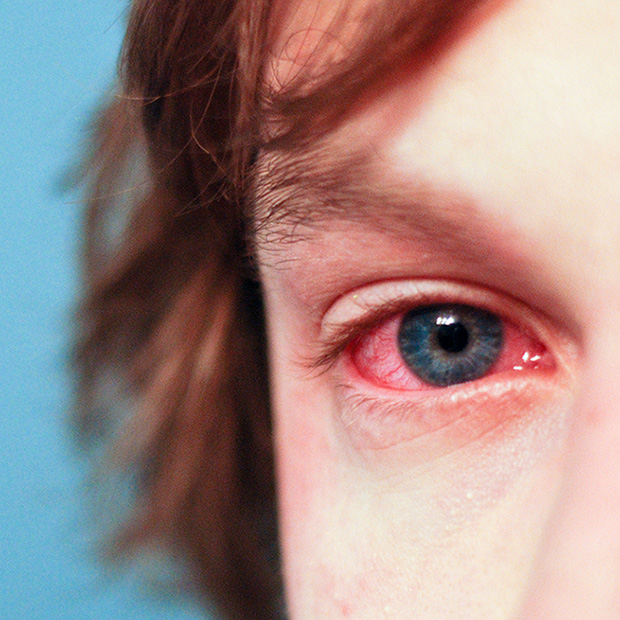How Our Eyes Respond To Irritants

It doesn’t take much to irritate the surface of our eyes.
Something as small as a speck of dust could make our eyes go from fine to itchy and watering in a second, but this sensitivity serves the crucial function of protecting our eyes from contaminants.
Common Irritants
Let’s take a closer look at a few of the most common sources of eye irritation. One of the first irritants we tend to think of is onions. Chopping onions releases the chemical syn-propanethial-S-oxide into the air, and when this reaches the surface of the eye, it stimulates the lachrymal gland and opens the tear floodgates.
People wearing contact lenses might not be affected as much when chopping onions because the lens can act as a protective layer. On the other hand, contacts themselves can sometimes be a source of eye irritation, which is why it’s critical to follow the instructions for how long to wear them and when to switch to a new pair.
The biggest culprits for eye irritation are dust and pollen, particularly during allergy season, and they can lead to itchy, watery, red, and swollen eyes.
Staring at digital screens is another cause of irritation. Our eyes can become dry, itchy, red, and tired when looking at our phone or computer screens, and this is usually because we don’t blink as often when looking at screens. Be sure to give your eyes regular breaks from those screens to reduce the irritation.
The Eye’s Natural Defenses
Many of the symptoms of eye irritation are actually our eyes’ natural defense mechanisms kicking in. The first thing that typically happens is a lot of tears! This rush of tears is meant to help flush foreign contaminants out of our eyes.
If tears don’t flush out the contaminant right away or if the contaminant has done any damage (such as tiny scratches), the next line of defense is the inflammatory response — that swollen, itchy redness. The blood vessels on the surface of the eye swell so that antibodies and nutrients will have an easier time reaching the site of irritation, which helps it heal faster.
What To Do To Calm Irritation
A few things we can do to soothe irritated eyes are to use over-the-counter eye drops and allergy medicine to reduce itchiness and redness, a cool compress to reduce swelling, rinsing the eyes with lukewarm water to flush out foreign contaminants, removing contacts, and taking breaks from looking at screens. One thing we should avoid doing is rubbing our eyes, as this will only increase the irritation.
Sometimes It Takes A Professional
In cases where the irritation doesn’t go away or the damage from the foreign contaminant is more severe than a little itchiness, come see us. We’ll make sure your eyes get what they need to recover!
